Keywords: Emotional abuse and PTSD.
To be alive is to be able to feel emotion. Emotion can come in many shades though, from the darkness of hatred or self-loathing to the brightness of being in love or enjoying a sunset.
I believe we hold the assumption that emotion is either good or bad, positive or negative; I would like to explore this a little more with you, as it is one of the pillars that need to be addressed in resolving trauma to help change this perspective, and thereby to heal.
Emotional Abuse, Post-Traumatic Stress Disorder and Channeling our Energy
In essence, we have four core emotions: anger, fear, sadness, and joy. The other emotions derive from these, at the core. For example, grief, mourning or self-pity are part of a sadness response; hatred, frustration, blame, self-reproach, decisiveness or power of will are part of anger energy; compassion, affection, and pleasure belong to joy; and anguish, anxiety, carefulness, and alertness come from fear.
Emotions themselves are neither good nor bad, positive or negative, but can be expressed either destructively or constructively.
When we are overwhelmed by emotion, it either turns inward through suppression or overflows outwardly. Think of blame and hatred as the overflowing response of anger. Self-reproach is the acting inwardly of anger on the sense of self.
Emotions themselves are neither good nor bad, positive or negative, but can be expressed either destructively or constructively.
To start addressing emotion in trauma work is to create a healthy framework and a new perspective on how we perceive it qualitatively. As emotion is often negatively tainted with the overwhelming experience of trauma, let's be aware that emotion itself can be either utilized destructively or constructively.
Looking at Sexual Abuse and Emotional Abuse
This surely is a challenge, because it means moving away from blame, guilt, self-reproach, self-pity, hatred, the pursuit of pleasure, anxiety, and many other destructive emotions and starting to establish a new framework for owning emotions that are constructive.
To clarify this, I will give an example: Amy suffered an incident of emotional and sexual abuse when she was a teenager. Back then she found no support from her family and friends, who reacted to her experience with disbelief. From then on, she kept her feelings of anger to herself and beat herself up for having trusted others with her intimate feelings of pain.
This example shows how anger is directed inward after a traumatic experience and turns into self-reproach. In the work that followed, I encouraged Amy to express the anger she feels towards the abuser and ultimately to experience the feeling of anger as a felt sensation in the body. Once the anger is fully owned, the grieving over the experience naturally starts, which marks the healing and completion process and consigns the experience to the past.
Owning One's Boundaries Within Containment
It is of vital importance to explain that anger, sadness or fear can be healthy responses, before starting to express and own them. The constructive response of anger, in this example, is to help (re)set her boundaries, her identity and sense of self by vocalizing it. Equally so, with the grieving process; a constructive "sadness response", which starts when self-pity, fed by anger, is released.
The expression and owning of anger assists in completing the fight and flight activation of the nervous system.
How are you dealing with reestablishing your boundaries related to your emotional abuse and PTSD? Leave your comment below.
